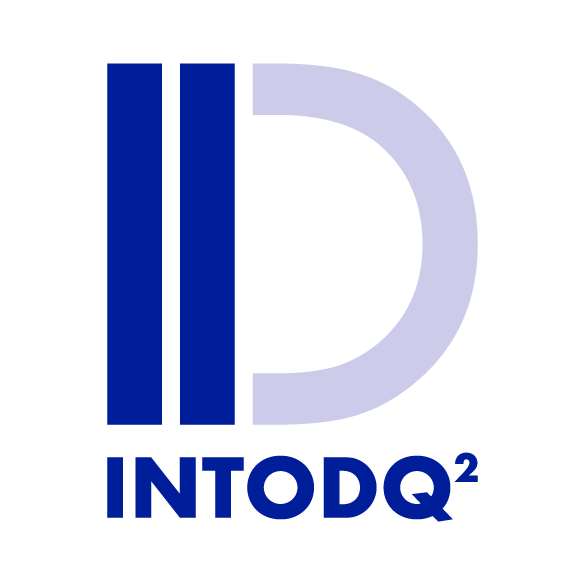Blogpost
April 17, 2024 - By Tim Linger - 4 minute read
This is how your organisation will become CSRD-compliant and realise maximum (ESG) value
Maximise impact on planet, society and organisation
The Corporate Sustainability Reporting Directive (CSRD) is fast approaching. But far from all organisations are ready to report on their impact on people and the environment. Indeed, this reporting requirement requires considerable transformation. Challenges that organisations face include a huge amount of data points that they need to collect, as well as the quality and availability of these internal and external data sources. Fortunately, a smart and agile data platform can help with this. In this blog, I explain how to become CSRD-compliant and realise maximum (ESG) value.
Environmental and social reporting obligation
Many companies are now betting on environmental, social & governance (ESG) because they understand that it touches on business continuity and competitiveness. In the coming years, ESG will become a lot less non-committal for a large proportion of Dutch companies. Indeed, the CSRD is going to require them to report on their environmental and social performance. The aim of this directive? Companies have to start reporting on their sustainability performance in a publicly accessible, transparent, unambiguous and therefore comparable way.
Many steps to take
By 2025, the first batch of companies, including most of our clients, will already have to report on financial year 2024. Whether they realise it or not: the majority of larger Dutch companies will have to speed up from now on. After all, (re)designing the CSRD-proof data landscape is a lot of work, involves numerous (data) challenges and requires a true transformation. This is especially true for companies that have never had to report so extensively before.
Complexities of a transformation process
Within the CSRD transformation, companies need to integrate ESG information within both their reporting and management. The main data challenges: you have to report on hundreds of data points, while much data is difficult to collect and the quality and measurability of the data are bound to cause headaches.
The transformation process should therefore not be underestimated. Key components include performing a double materiality analysis, having conversations with stakeholders, reskilling and upskilling (data) employees, creating organisation-wide awareness and - if possible most importantly - implementing an agile data platform.
A smart and agile data platform
Such a platform automates the collection, analysis and reporting of ESG data. Agility is demonstrated by: Integration of structured and unstructured data from a large (and varying number of) internal and external sources and systems. Data and reporting are decoupled: after all, you may need the data for other reporting later. The platform possibilities are not limited by, for example, the size, nature or data ambitions of your organisation. Also very important: the architecture of the platform enables you to integrate ESG reporting company-wide in your data model..
The choice of a reporting tool
As a vendor-agnostic IT party, we believe we can objectively state that it is not wise to go for an off-the-shelf reporting tool alone. This is because such a tool is likely to lack agility and the quality of the data is difficult to verify. Another concern: how and what will the data be used for? Does all the data stay in the platform? How is it calculated? And can I extract all the data myself and use it for other purposes.
The opportunities of reporting obligations
The beauty of the CSRD: you can see the reporting obligation (the 'must') as an opportunity to flesh out your ambition to add real value to your customers and society (the 'want').
Much more than just compliance
With an agile data platform, you can report on a wide range of data sources and ensure the quality and validity of your ESG data. As a result, you not only fulfil your reporting obligation, but also find answers to numerous (ESG) questions. The agile architecture also gives you sufficient flexibility to respond to new laws and regulations, additional data points or a shift in your strategic focus, for example..
A double materiality analysis: impact and consequences
To become CSRD-proof, you need to conduct a double materiality analysis. In it, you look at both the impact of your organisation on society and the environment, and the consequences of sustainability risks and opportunities on your organisation, business model and value chain. In this way, you identify the most relevant sustainability issues for your organisation. Then focus on them in your strategy. An agile data platform helps to become CSRD-proof in a verifiable, reproducible and efficient way..
Time for action!
Broad dataset? Double materiality analysis? Focus in your strategy? Check! Great, now you can actually start taking data-driven action to make an impact. For example, engage with other stakeholders on transition. Or decide that you will stop a certain business activity.
More than CSRD-compliant
'Going beyond compliance' has a number of competitive advantages. You can prevent supply chain disruptions, reduce the chances of being (re)penalised by customers or regulators and more easily attract young talent to your organisation.
“originally published on www.hotitem.nl
About Tim Linger
Tim helps organisations achieve both financial and ESG returns. With a people-oriented approach in programme management, he combines data insights with knowledge about sustainability and specific domains, to take the right steps towards a future-oriented organisation.


